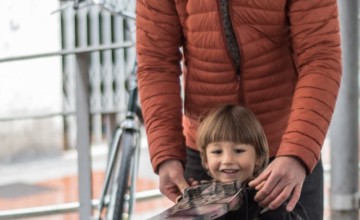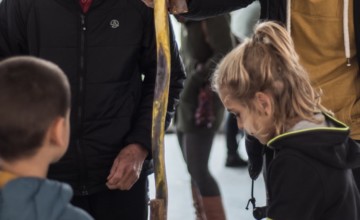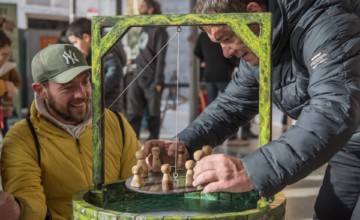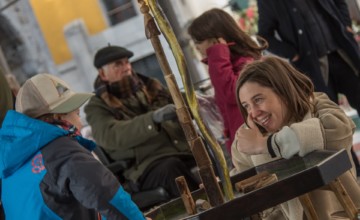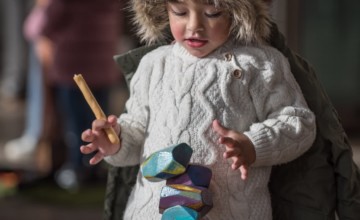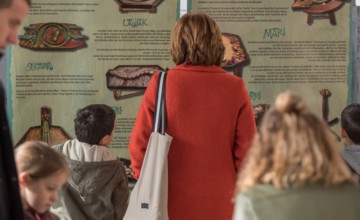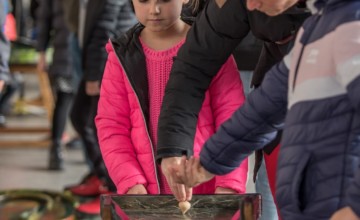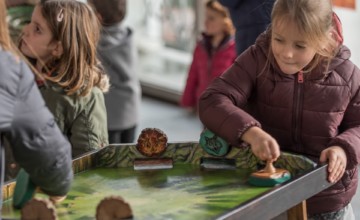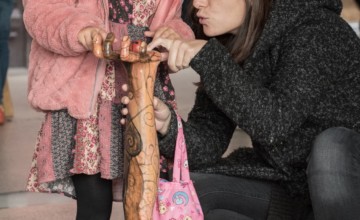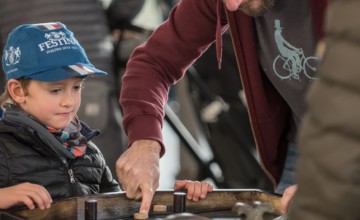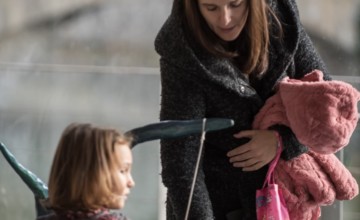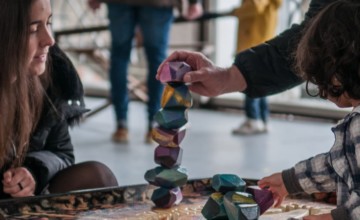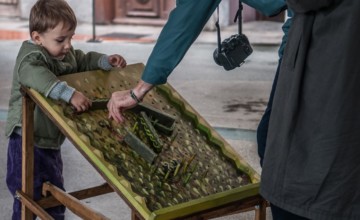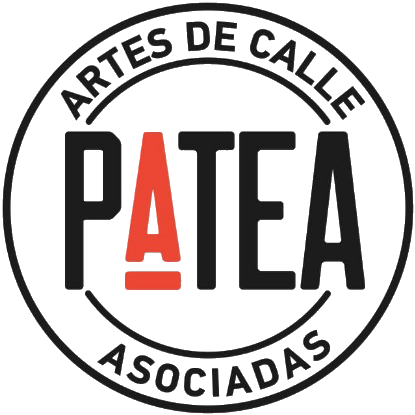Jokai highlights the importance of inclusive, autonomous, creative, and cooperative games, as well as promoting intergenerational relationships.
Jokai is a company that handcrafts creative games inspired by Basque mythology.
"Creativity is seeing what everyone else has seen, and thinking what no one else has thought"
Jokai is a leisure company with its own project, different from others.
Jokai points out the value of inclusive, autonomous, creative, and cooperative games, and it promotes intergenerational relationships in a time where electronic devices dominate the way we play and interact with each other.
Larun is a game unit composed of a handcrafted collection of creative and participatory games inspired by Basque mythology. It has an exclusive design when it comes to both technical and artistic development.
The games are aimed at all audiences. Not only children but also adults are welcome to play. Within the collection we have two different spaces:
It is a space composed of different games, where several skills are tested, such as aim, concentration, strategy, and collaboration.
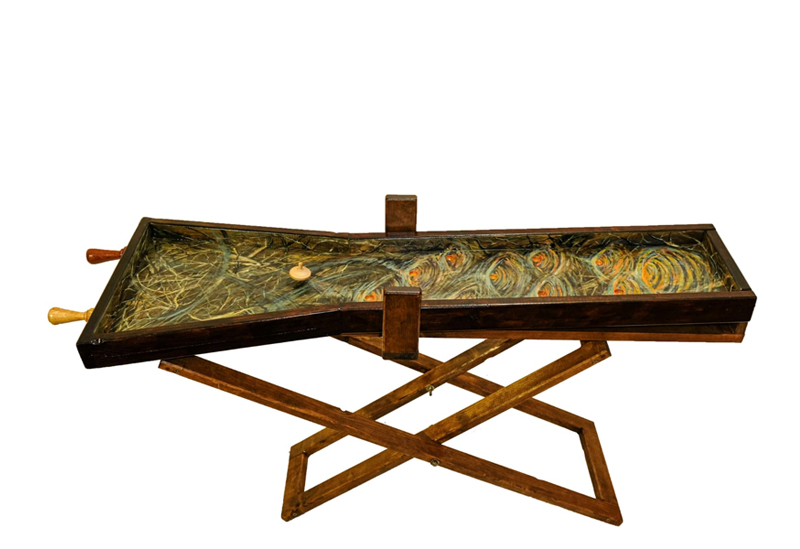
Winds are animated beings, and that is why Hegoi and Ipar are mythological
characters of the south wind and the north wind, respectively.
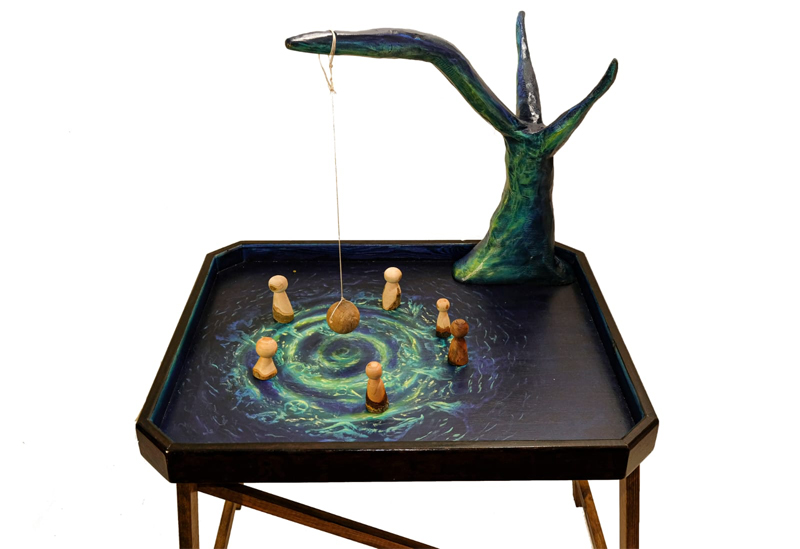
Inguma is responsible for nightmares and night terrors. It is said that this creature enters the house while people are sleeping. In order to prevent the visit of Inguma, an eguzkilore or sunflower must be placed on the door and/or on the windows.
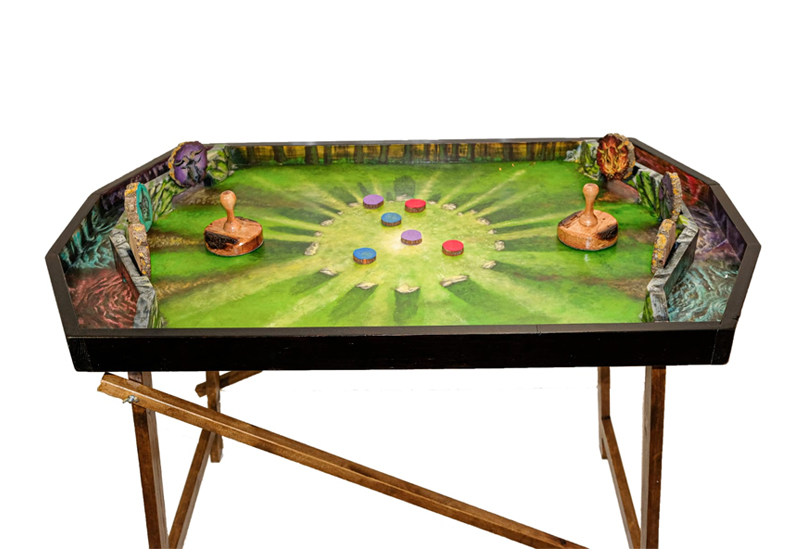
Zezengorri is a creature living in caves (kobazuloak). It is shaped like a cow or bull, and it protects Mari’s home.
Akerbeltz is the one in charge of protecting the animals that belong to her. Witches worship him and he conducts covens or akelarreak. Gizotso is a werewolf, half man, half wolf. Gizotso lives in the forests and usually appears at night. This wild beast is the result of the relationship between rational and irrational creatures.

“The lady of Anboto” is the personification of nature. Mari is the queen of goddesses and she rules among all the mythological characters. She lives inside the earth, in the caves of the mountain Anboto, which is Mari’s official residence.
Nevertheless, she has other dozens of residences throughout the Basque land and every seven years she switches her home. She is responsible for crops and fertility, apart from being the creator of rain. She is married to the
genie Sugaar and has two children, Mikelats and Atarrabi.

The word sorgina derives from the verb sortu, which means “to create” or “to be born”.
These Basque religion’s priestesses were similar to Celtic druids and druidesses, who were in charge of crops and ceremonies, as well as collecting wild herbs to heal people.
Between the 15th and 17th centuries, they suffered persecution, and thousands of sorginak
were executed.

He is the god of the night and darkness. It is during the darkest nights when he takes advantage to capture young people who dare to defy the darkness.
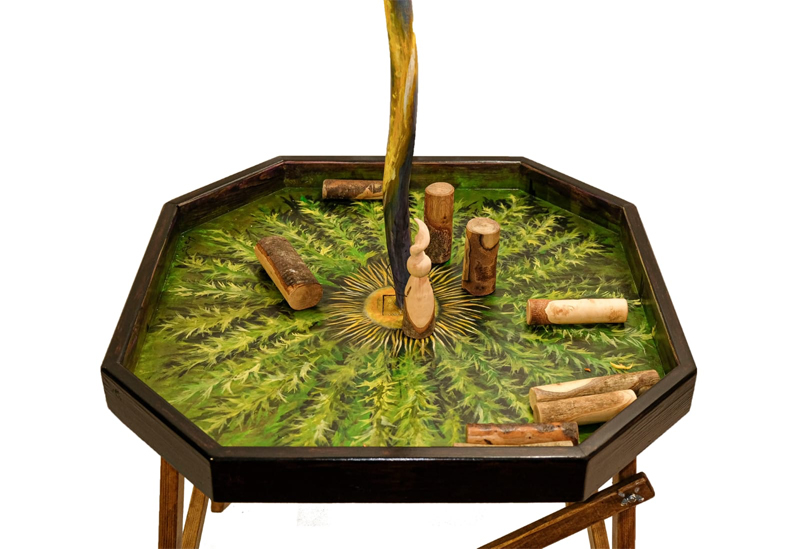
She is the mother of all goddesses: Mother (ama) Earth (lur).
Earth is where living creatures cohabit, and it constitutes the natural life force that has created our natural surroundings.
Animals and plants live thanks to it. She is the one who provides us with the food and space we need in order to live.
It is on earth where most mythological creatures live, and so do the souls of the dead.
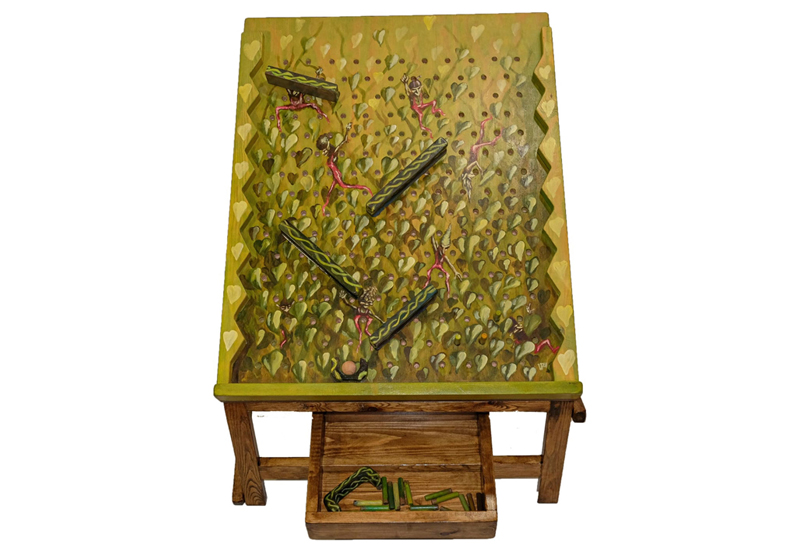
They are elves, who are represented in every culture.
As their name indicates, they wear red (gorri) pants (galtza), and they are very electrical and dynamic.
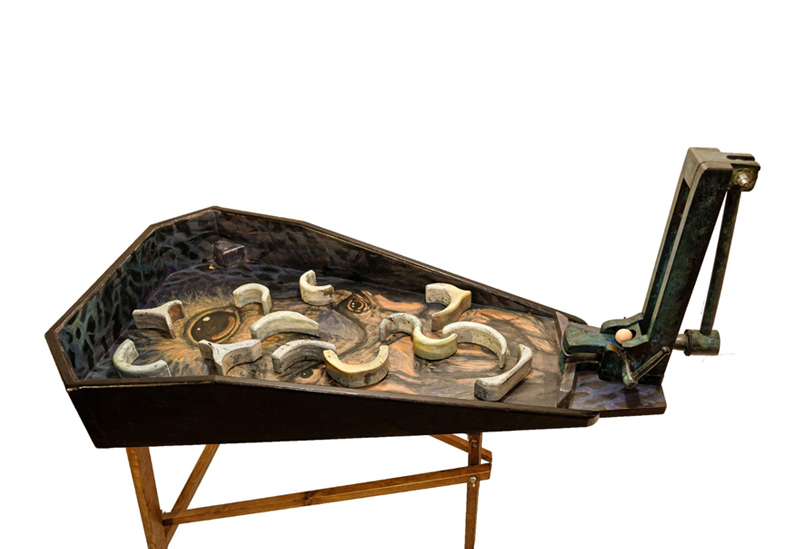
He is an evil one-eyed creature. While living in caves, he catches and devours young people. It is said that he lived in the surroundings of the mountain range Erreniaga, in Navarre.
Its origin is in the Cyclopes, creatures of Greek mythology.

He is the wild man of the forest, also related to the Gentiles. He is tall and strong, and his hair reaches his knees.
He protects shepherds and their flock of sheep. When storms approach, he warns the shepherds. Basandere is his wife, the lady of the forest.
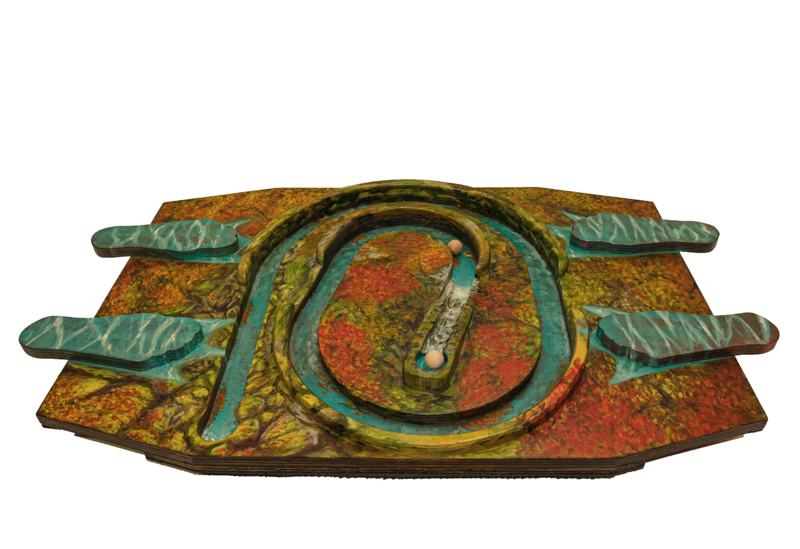
Beautiful creatures in the shape of women who live in the river.
A lamia is a beautiful woman whose lower part of the body belongs to a duck, goat, or fish, depending on the place.

The Gentiles are the former Basque inhabitants from pre-Christian times. It is said that their strength is immense.
They wear furs, live in the mountains, and throw big rocks at their enemies.
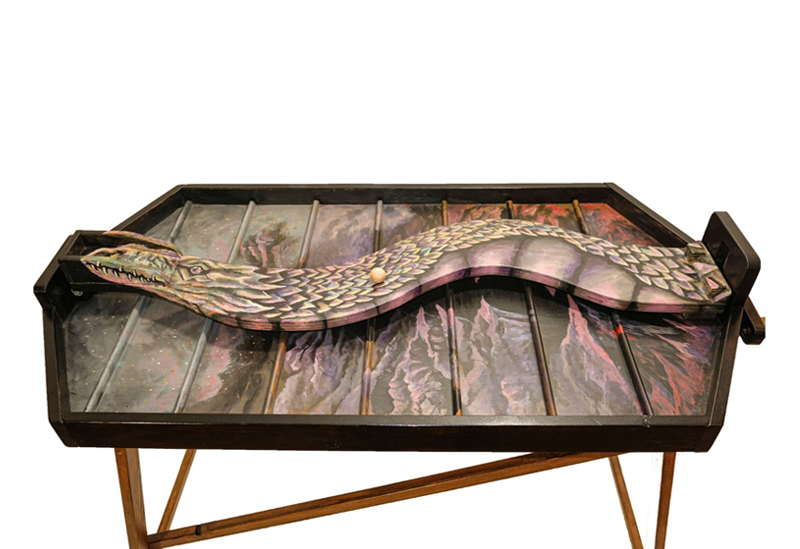
Sugaar is the husband of the goddess Mari. He looks like a flying snake and it is said that he lived in caves. He is strongly related to thunder and lightning.
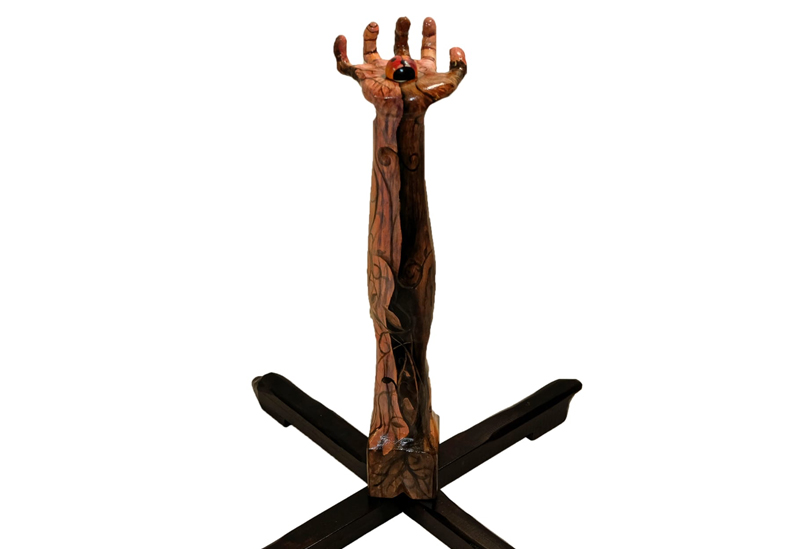
This insect is sacred in many places.
According to the legend, if a ladybug lands on your hand and then flies away, it will be good weather; if it stays on instead, it will surely rain.
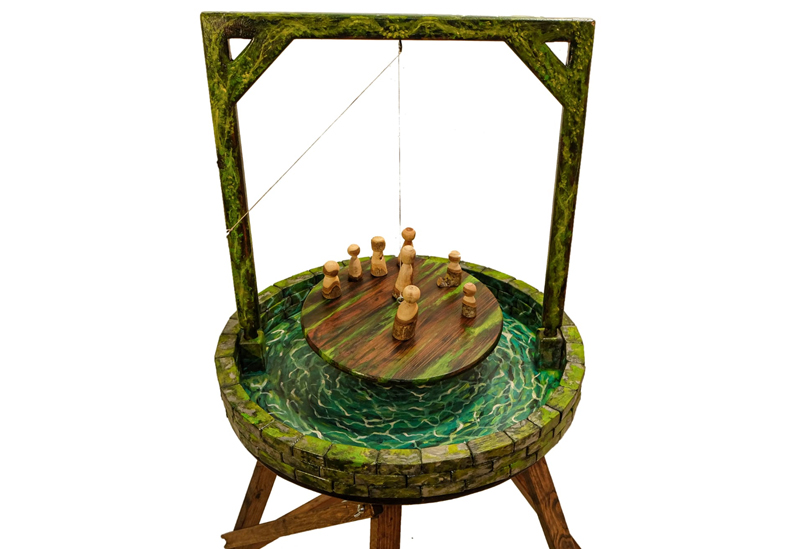
The term “the well of wishes” arose to describe the belief that claims that there are certain gods within the water. Those gods could fulfill any wish if it was asked with full devotion, since water is a source of life.
Around the year 1700, it became popular to throw coins into the wells to make a wish.
It is a space composed of Montessori materials organized in different corners aimed at children from 0 to 3 years of age.
These materials have been exclusively designed and they are characterized by the fact that they promote self-education, as well as experimentation and sensory manipulation for children, promoting thus their autonomy and confidence.
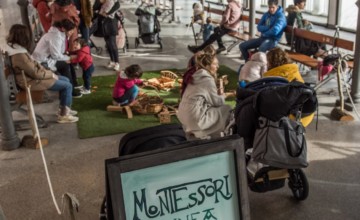
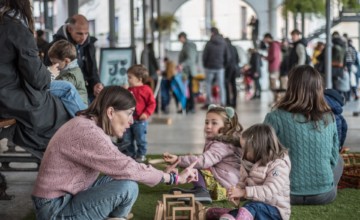
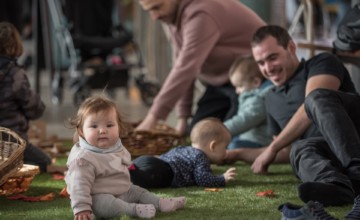
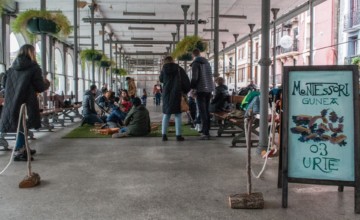
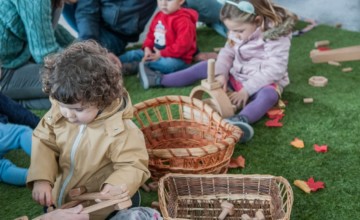

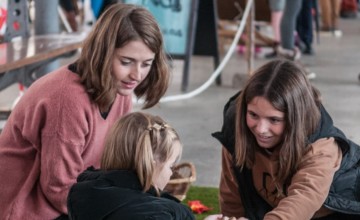
Design and construction. Game and automaton inventor with over 15 years of experience in creating participatory game units on the streets.
Currently working for Compañía Toc de Fusta and for Xics (creative carpentry).
Graduate in Fine Arts, he makes illustrations on all types of surfaces.
Among his mural paintings, we can highlight the trompe l’oeil elaborated in Leitza, Navarre, exactly on the rear part of the frontis wall of the square.
@unairg - Sapai Margo Studio (Leitza).
www.jokai.eus
jokai@jokai.eus
647 11 69 38 / 625 39 17 25


